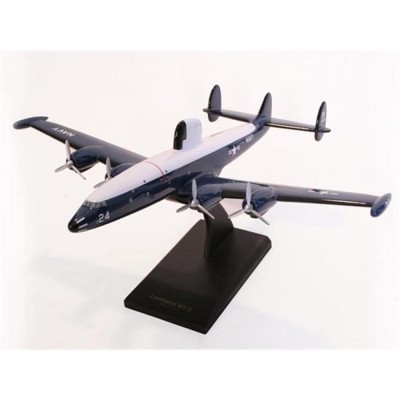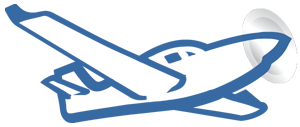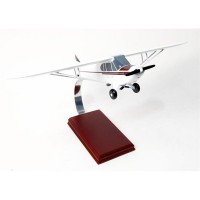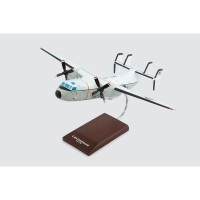FREE SHIPPING ON ORDERS OVER $350 (USA ONLY - SOME EXCLUSIONS APPLY) | 877-288-8077
Wv-2 Willie Victor (Ec-121M) Model
$280.95/Each
Part# 13-10520
MFR Model# AEC121MT
MFR Model# AEC121MT
Overview
|
The EC-121 is an airborne early warning aircraft manufactured by Lockheed. The WV-2 is the main USN variant. From 1956 to 1954, WV-2s served in two barrier forces, each coast of the North American continent. Its aim was to extend early warning coverage against surprise attack of Soviet bomber and missile. On September 1965, Barrier Force operations were discontinued, however, Navy EC-121 operations continued until 1975 in four other squadrons. EC-121M was operated by VQ-1 and VQ-2 at NAS Atsugi, Japan and Naval Station Rota, Spain respectively. EC-121M, also known as Rivet Top, is a modified EC-121K and it carried the QRC-248 newly installed in the College Eye aircraft and has electronic interrogators capable of reading two additional Soviet transponders, the SRO-1 and SOD-57. EC-121Ms electronics were custom-built. The most important upgrade was the installation of the highly secret Rivet Gym. The EC-121M Rivet Top prototype moved to Korat along with the College Eye Task Force in October 1967 and was scheduled to return to the United States in February 1968 but it remained at Korat until 1969. The primary users and operators of the EC-121 are the United States Air Force and the United States Navy. Theres a total of 232 EC-121s built. |
WARNING: Cancer and Reproductive Harm - www.P65Warnings.ca.gov. |
Q&A
Please note, Pilotshop.com's personnel are not certified aircraft mechanics and can only provide general support and ideas, which should not be relied upon or implemented in lieu of consulting an A&P or other qualified technician. Pilotshop.com assumes no responsibility or liability for any issue or problem which may arise from any repair, modification or other work done from this knowledge base. Any product eligibility information provided here is based on general application guides and we recommend always referring to your specific aircraft parts manual, the parts manufacturer or consulting with a qualified mechanic.








 FREE Shipping
FREE Shipping


